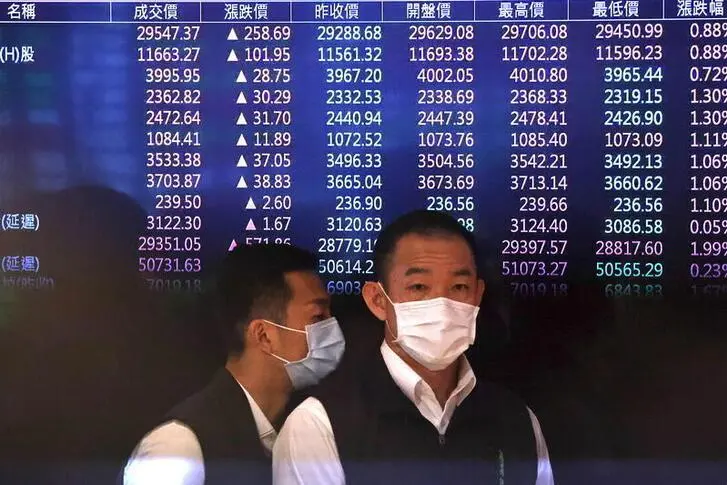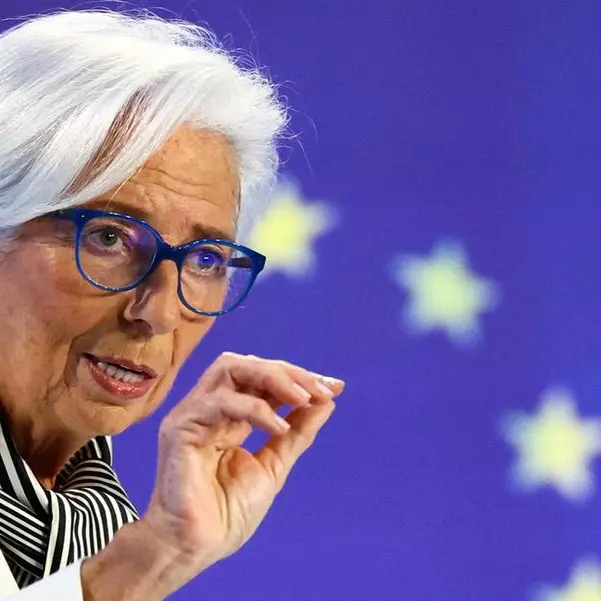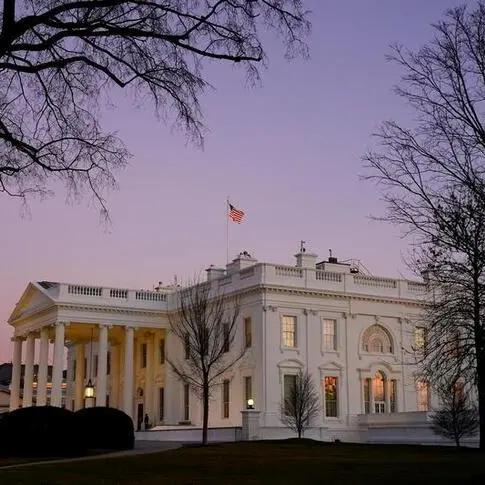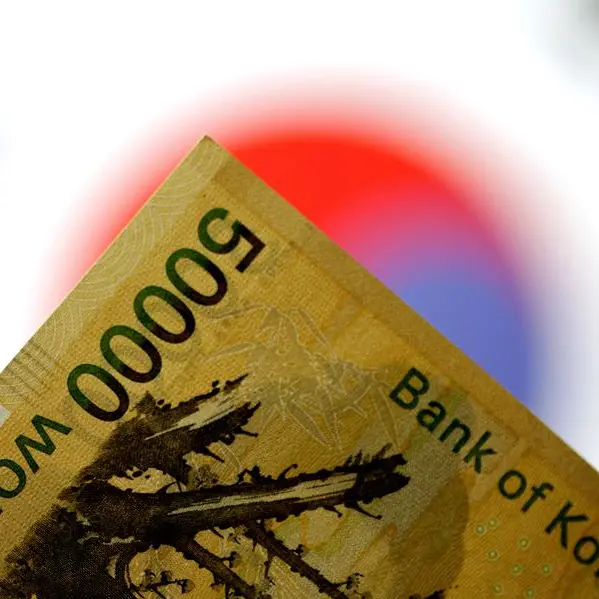PHOTO
Asian shares fell on Monday while the dollar drifted higher at the start of a hectic week, as markets awaited a flurry of rate decisions from the U.S. Federal Reserve, the European Central Bank and others.
MSCI's broadest index of Asia-Pacific shares outside Japan slid 1%, after rising 1.3% the previous week, buoyed by optimism that China is finally opening up its economy with the dismantling of its zero-COVID policy.
Japan's Nikkei eased 0.3%. The S&P 500 futures dipped 0.2% and Nasdaq futures dropped 0.3%.
In China, blue-chip shares were 0.5% lower, while Hong Kong's Hang Seng index was down 1%, as investors focused on a rapid wave of COVID-19 infection disrupting the economy.
On Friday, Wall Street dropped, Treasury yields advanced and the dollar pared earlier losses.
A U.S. consumer price index (CPI) report on Tuesday will set the tone for markets for the week. Economists expect core annual inflation to ease to 6.1% in November, compared with a rise of 6.3% seen in the previous month.
Risk could be on the upside, after data on Friday showed producer prices had increased faster than expected, fuelling concerns the CPI report may indicate inflation is sticky and interest rates may have to stay higher for longer.
"This week, markets could go anywhere .... A hotter CPI – say 6.4% (and above) and a hawkish set of dots from the Fed and statement from Powell could see funds call it a day for 2022 – risk bleeds into 2023 and funds buy back USD shorts," said Chris Weston, head of research at Pepperstone.
"It would be a big surprise if we didn't see the Fed step down to a 50bp hike .... We also want to understand if Jay Powell opens the door to a slowdown to a 25bp hiking pace from February - again, while in line with market pricing, this could be taken that we're closer to the end of the hiking cycle and is a modest USD negative."
The Federal Reserve is widely expected to raise rates by 50 basis points on Wednesday at its last meeting of 2022, though focus will also be on the central bank's updated economic projections and Fed Chair Jerome Powell's press conference.
Kevin Cummins, chief U.S. economist at NatWest, said any surprise in the CPI report was unlikely to shift the Fed from a 50-basis-point rate hike, although it would play a bigger role in the policy statement and the tone of Powell's press conference.
"As is often the case, the updated dot plot and terminal (peak) rate estimates will be even more critical to the policy outlook than the near-term action this week - a theme Chair Powell will focus on in his prepared remarks and press conference."
In addition to the Fed, the European Central Bank and the Bank of England are also set to announce interest rate hikes, as policymakers continue to put the brakes on growth to curb inflation.
In currency markets, the U.S. dollar drifted 0.1% higher against a basket of currencies to 105.17, although it was not too far away from the five-month trough of 104.1 a week ago.
Sterling fell 0.35% to $1.222, while the Australian dollar slipped 0.5% to $0.6759.
Treasury yields held largely steady on Monday. The yield on benchmark 10-year Treasury notes held at 3.5820%, compared with its U.S. close of 3.5670%. The two-year yield touched 4.3527%, up slightly from its U.S. close of 4.330%.
In the oil market, prices rose after falling on Friday to the lowest level this year on global recession fears.
U.S. West Texas Intermediate (WTI) crude futures increased 0.9% to $71.71 per barrel, while Brent crude settled at $76.64 a barrel, 0.7% higher.
Spot gold was 0.3% lower at $1,790.38 per ounce.
(Editing by Lincoln Feast; Reporting by Bradley Perrett)























